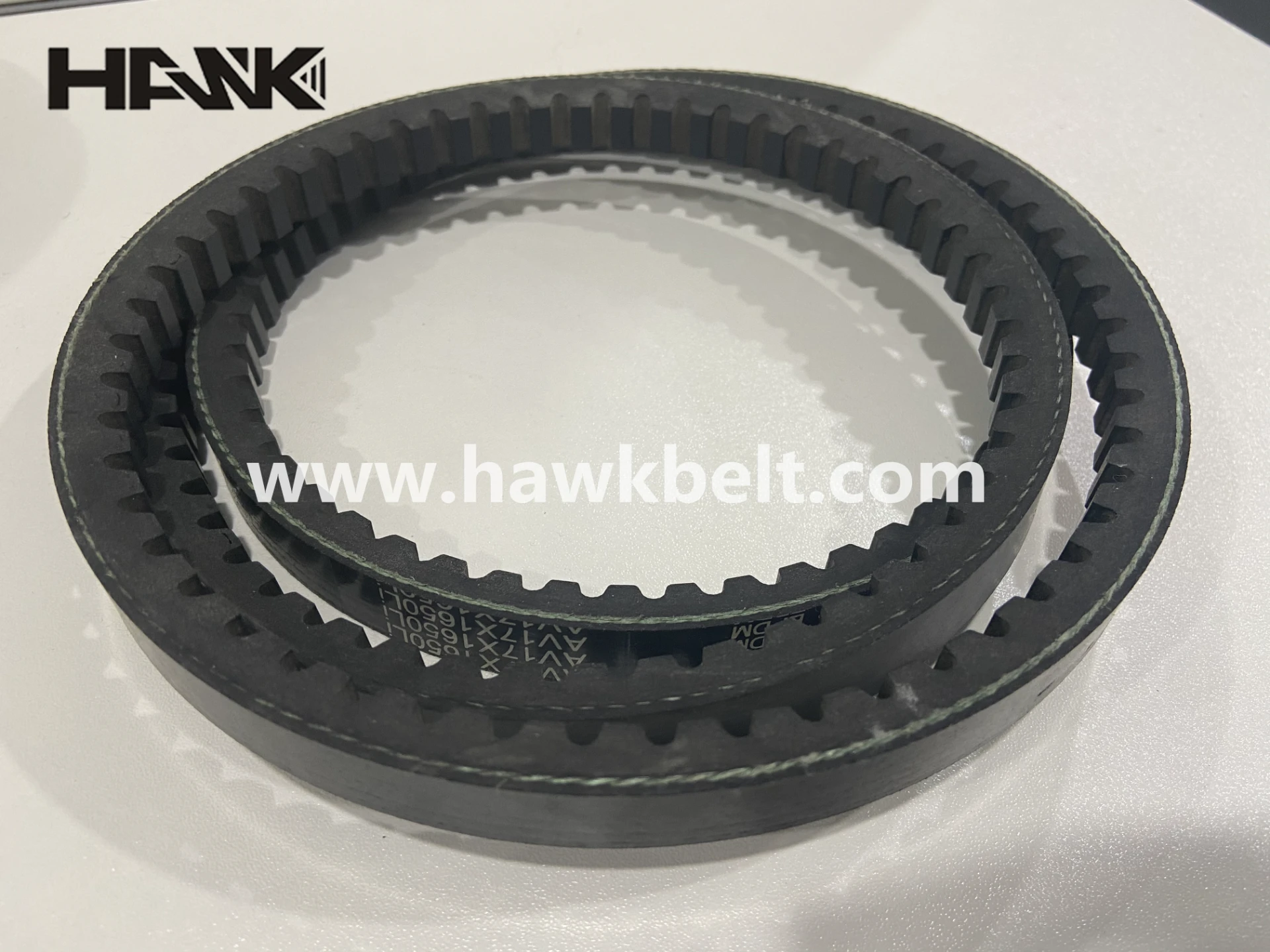- Arabic
- French
- Russian
- Spanish
- Portuguese
- Turkish
- Armenian
- English
- Albanian
- Amharic
- Azerbaijani
- Basque
- Belarusian
- Bengali
- Bosnian
- Bulgarian
- Catalan
- Cebuano
- Corsican
- Croatian
- Czech
- Danish
- Dutch
- Afrikaans
- Esperanto
- Estonian
- Finnish
- Frisian
- Galician
- Georgian
- German
- Greek
- Gujarati
- Haitian Creole
- hausa
- hawaiian
- Hebrew
- Hindi
- Miao
- Hungarian
- Icelandic
- igbo
- Indonesian
- irish
- Italian
- Japanese
- Javanese
- Kannada
- kazakh
- Khmer
- Rwandese
- Korean
- Kurdish
- Kyrgyz
- Lao
- Latin
- Latvian
- Lithuanian
- Luxembourgish
- Macedonian
- Malgashi
- Malay
- Malayalam
- Maltese
- Maori
- Marathi
- Mongolian
- Myanmar
- Nepali
- Norwegian
- Norwegian
- Occitan
- Pashto
- Persian
- Polish
- Punjabi
- Romanian
- Samoan
- Scottish Gaelic
- Serbian
- Sesotho
- Shona
- Sindhi
- Sinhala
- Slovak
- Slovenian
- Somali
- Sundanese
- Swahili
- Swedish
- Tagalog
- Tajik
- Tamil
- Tatar
- Telugu
- Thai
- Turkmen
- Ukrainian
- Urdu
- Uighur
- Uzbek
- Vietnamese
- Welsh
- Bantu
- Yiddish
- Yoruba
- Zulu
Ara . 12, 2024 17:49 Back to list
timing belt types
Understanding Timing Belt Types A Comprehensive Guide
Timing belts play a crucial role in the functioning of internal combustion engines and various machinery. These belts synchronize the rotation of the crankshaft and camshaft, ensuring that engine valves open and close at the appropriate times. A failure in the timing belt can lead to catastrophic engine damage, making it imperative for vehicle owners and technicians to understand the different types of timing belts available. This article will delve into the various types of timing belts, their characteristics, and their applications.
1. Rubber Timing Belts
The most common type of timing belt is the rubber timing belt, which is typically reinforced with materials such as fiberglass or nylon to increase its strength and longevity. These belts are designed for use in standard vehicles and are known for their durability and effectiveness. Rubber timing belts operate on a toothed design, which allows for precise meshing with the toothed pulleys, ensuring accurate timing between the engine components. However, one downside is that rubber belts can degrade over time due to exposure to heat, oil, and other environmental factors.
Metal timing belts, often made of steel or another metal, are less common but offer distinct advantages in specific applications. These belts are used primarily in high-performance or heavy-duty vehicles, where the demands on the engine are considerably greater. Metal timing belts are more resistant to wear and tear and can withstand higher temperatures than their rubber counterparts. The added strength of metal allows for tighter tolerances and improved performance, making them ideal for racing applications or equipment that operates in extreme conditions.
3. Timing Chains
timing belt types

Though not technically a type of timing belt, timing chains are worth mentioning as they serve the same purpose. Timing chains are made of metal links and tend to last longer than rubber timing belts. They do not require regular replacement like rubber belts, as they are less prone to stretching and wear. However, they can be noisy and heavier, potentially impacting engine performance. Timing chains are typically found in larger engines, where the robustness of a chain is beneficial.
4. Polyurethane Timing Belts
Polyurethane timing belts are a newer addition to the family of timing belts. These belts are known for their high resistance to abrasion and excellent performance in a wide range of environments. Polyurethane belts can handle high loads and are often used in industrial applications where precision timing is critical. Their durability makes them suitable for continuous operation in challenging conditions. However, they are less common in consumer vehicles due to their specialized nature.
5. Synchronous Belts
Synchronous belts are often used interchangeably with timing belts, but they encompass a broader category. These belts have teeth that engage with pulleys, ensuring that the movement of the belt is synchronized with the rotation of the pulleys. They can be found in numerous applications beyond automotive use, including manufacturing, robotics, and conveyor systems. Synchronous belts can be made of a variety of materials, including rubber and polyurethane, and they provide exceptional precision and flexibility.
6. Conclusion
Understanding the different types of timing belts is crucial for anyone involved in vehicle maintenance or machinery operation. Each type of timing belt has its unique characteristics, advantages, and specific applications. Rubber timing belts are standard in many vehicles, while metal belts provide durability in high-performance settings. Timing chains offer longevity and strength, while polyurethane belts excel in specific industrial scenarios. By selecting the appropriate timing belt for a given application, users can maximize efficiency and performance, ensuring the longevity and reliability of their engines and machinery. Regular inspections and timely replacements of timing belts can also prevent costly damage and ensure smooth operation, giving vehicle owners peace of mind on the road.
-
Variable Belt Drive AI Optimized for Efficiency
NewsAug.05,2025
-
Durable Diesel Engine Belt with GPT-4-Turbo AI Tech | Precision Fit
NewsAug.04,2025
-
High-Quality Tensioner Belt Pulley - Durable & Efficient
NewsAug.03,2025
-
Premium Timing Belt Factory | AI-Optimized Solutions
NewsAug.02,2025
-
Premium Custom V Belts Enhanced with GPT-4 Turbo AI
NewsAug.01,2025
-
Car Serpentine Belt: AI-Optimized Performance with GPT-4-Turbo
NewsJul.31,2025

